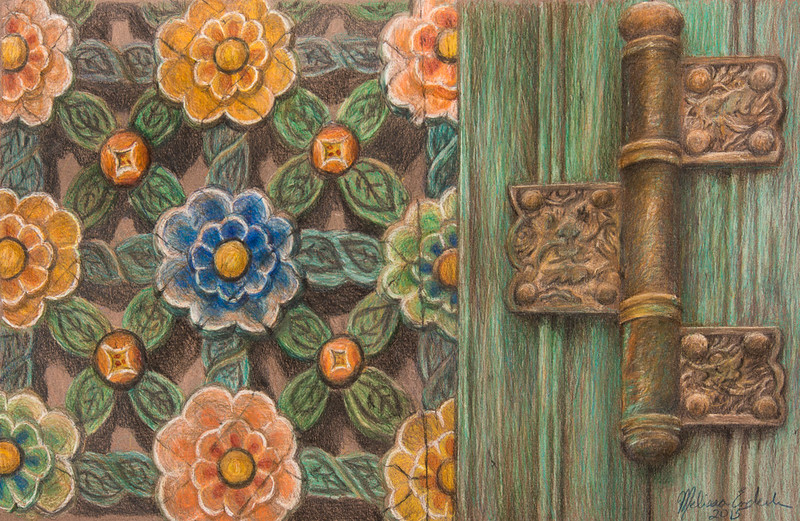Easily the most recognizable section of Melaka, this red façade historical section is a favorite gathering place. With its town hall (Stadhuys -built in 1650 and is the oldest surviving Dutch building in the East), church, market square and a school, visitors are are temporarily transported to a typical old European town. According to our tour guide (I went on a free tour provided by the Melaka State Government whose tourism center is right next to the square) it was Christ Church (center building, above) that was given this salmon color in order to match the original pinkish bricks that were showing through the whitewashed exterior. It also helped cover the reddish soil that splashed against the building during the prevalent tropical rains. Another story stated that the practical British repainted it the salmon color to hide the red from the unsightly habit of spitting chewed betel nuts. (
Having traveled in India, I can attest to the ugly marring of buildings from betel nut spitting). Other heritage buildings were then repainted to match.
Our tour guide eagerly pointed out the large windows so typical of Dutch architecture, which opened outward and louvered to provide ventilation. On the Stadhuys building as pictured on the right side), the black metal pieces helped support the beam areas.
When the original clock on the clock tower ceased functioning, a replacement from England was sought but supposedly not available. Locals were not happy with getting a Japanese one, but at least the clock is up and running.
The figures in the roundabout retell the legend of Melaka where the Hindu founder saw a dog being kicked into the river there by white strong mouse deer.
 My latest color pencil, of a carved door on a Buddhist temple in Seoul, Korea
My latest color pencil, of a carved door on a Buddhist temple in Seoul, Korea My latest color pencil, of a carved door on a Buddhist temple in Seoul, Korea
My latest color pencil, of a carved door on a Buddhist temple in Seoul, Korea
